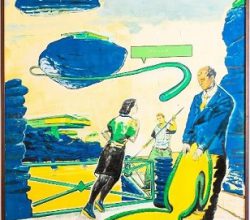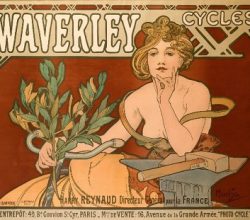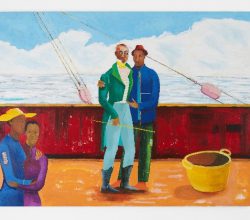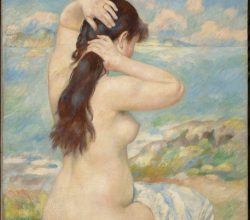
Easel Essay: Bauhaus: A Failed Utopia? Part 2: The Strains of Middle Age
Morgan Meis | The-Easel | 9th July 2019
By 1930, many key Bauhaus figures had left Germany for Britain or the US. There, the idealism around supporting craft traditions was less and less to be seen. Something had changed.
“Even at a young age, Gropius found himself frequently influenced and inspired by American architecture and industrial design. Mies van der Rohe once wrote, “We must understand the motives and forces of our time and analyze their structure from three points of view: the material, the functional, and the spiritual.” The oft-voiced criticism of Bauhaus is that, as time went on, that third component dropped out almost entirely. Why was Bauhaus unable to maintain its balance into the middle and later parts of the 20th century?”




